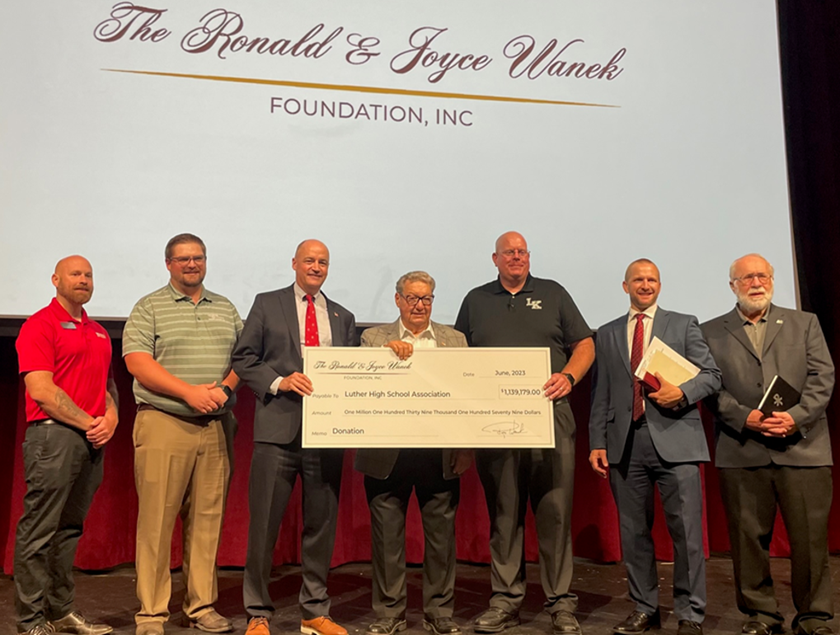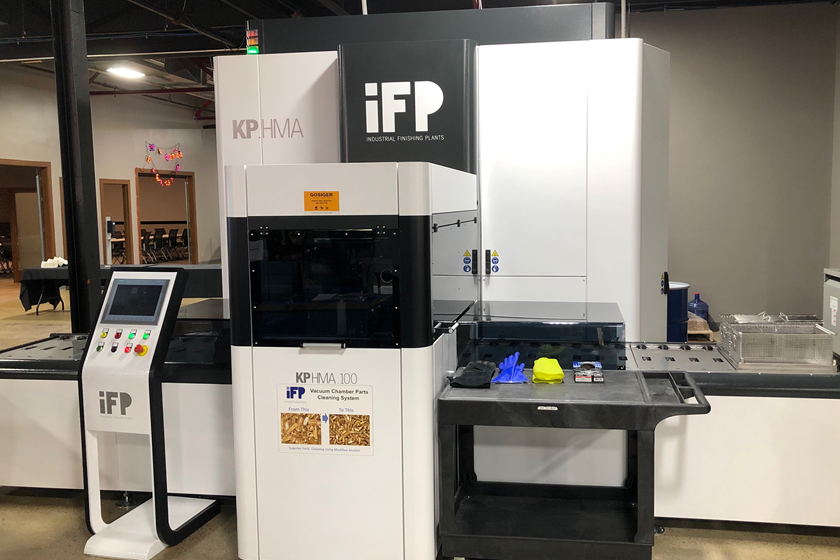Compressed air filtration system removes contaminates down to .01 micron
Walmec’s new .01 Micron SuperStar Filter removes vapors and contaminates down to .01 micron for applications requiring the highest standard of compressed air.
#pollutioncontrol
Edited by Scott Francis

Source | Walmec North America
Walmec North America (Mazeppa, Minn., U.S.) has announced a new .01 Micron SuperStar Filter designed to provide clean, dry, compressed air resulting in the removal of any vapors and contaminates down to .01 micron.
According to Walmec North America, the new filter is a four stage filtration system that has a .01 rating, with flow ranges of 50 SCFM, 75 SCFM or 100 SCFM, and can handle pressure ratings of up to 250 PSI. The filter is said to work best when it is installed at, or near the point of use.
The first and second stage filters remove moisture, liquids, dust, rust, scale and other contaminants to 5 microns. An automatic float drain under the second stage filter opens and expels all collected liquids whenever an ounce or more is present. It is said to be fully automatic with no continuous air loss. The third and fourth stages remove any remaining particles down to .01 micros as well as absorbing any remaining vapors.
The .01 Micron SuperStar Filter includes a differential pressure gauge and comes with mounting brackets. The differential pressure gauge provides a visual indication of required maintenance which is easily done by installing the appropriate service kit.
RELATED CONTENT
-
Better Alloy Control of Alkaline Zinc Nickel Baths
The factors that influence nickel content in deposits from alkaline non-cyanide zinc nickel baths.
-
Smut and Desmutting
Question: I am new to this industry and have heard about smut and desmutting operations.
-
Filter Press Troubleshooting and Optimization
Zachary Beckman of Haviland Enterprises Inc. discusses proper filter press maintenance for optimization of wastewater treatment systems.
















